Languages are one of the most essential and remarkable achievements of mankind. From sign language to regional languages and from official languages to national languages, the world is divided into regions and the languages spoken by the people there. We live in a time where even machines and computers can talk to each other using programming languages such as Java, C++, machine-level languages, binary, etc.
There are different sets of languages for different people, so the world has so many different languages. At present, there are over 7,000 languages that are spoken across the world. This is at least 35 times more than total countries across the world.
Early humans in the prehistoric period used to convey their thoughts using signs and gestures. This way of conversation evolved into other methods such as carving on trees and stones. But over time, several languages came up in different parts of the world that have a lot to do with the accent and the culture of that particular region. There are so many languages around the world that counting them all could be impossible. Apart from national languages and official languages, there are so many regional languages that we probably don’t even know about.
Despite the advancements and developments in literature and language, there are hundreds of languages that have been here for thousands of years.
We’re going to talk about the 8 oldest languages on the planet that are still spoken widely.
8. Lithuanian:

Just like most of the European languages, Lithuanian belongs to the Indo-European family. However, the language is more traditional than any other language in the region. It has preserved most of the features of Proto-Indo-European. The language can be traced back to the 16th century, and it has some familiarities with Sanskrit, Latin, and Ancient Greek. Spoken by more than 3 million people worldwide, Lithuanian is not just the official language of Lithuania but also one of the three official languages of the European Union.
7. Icelandic:
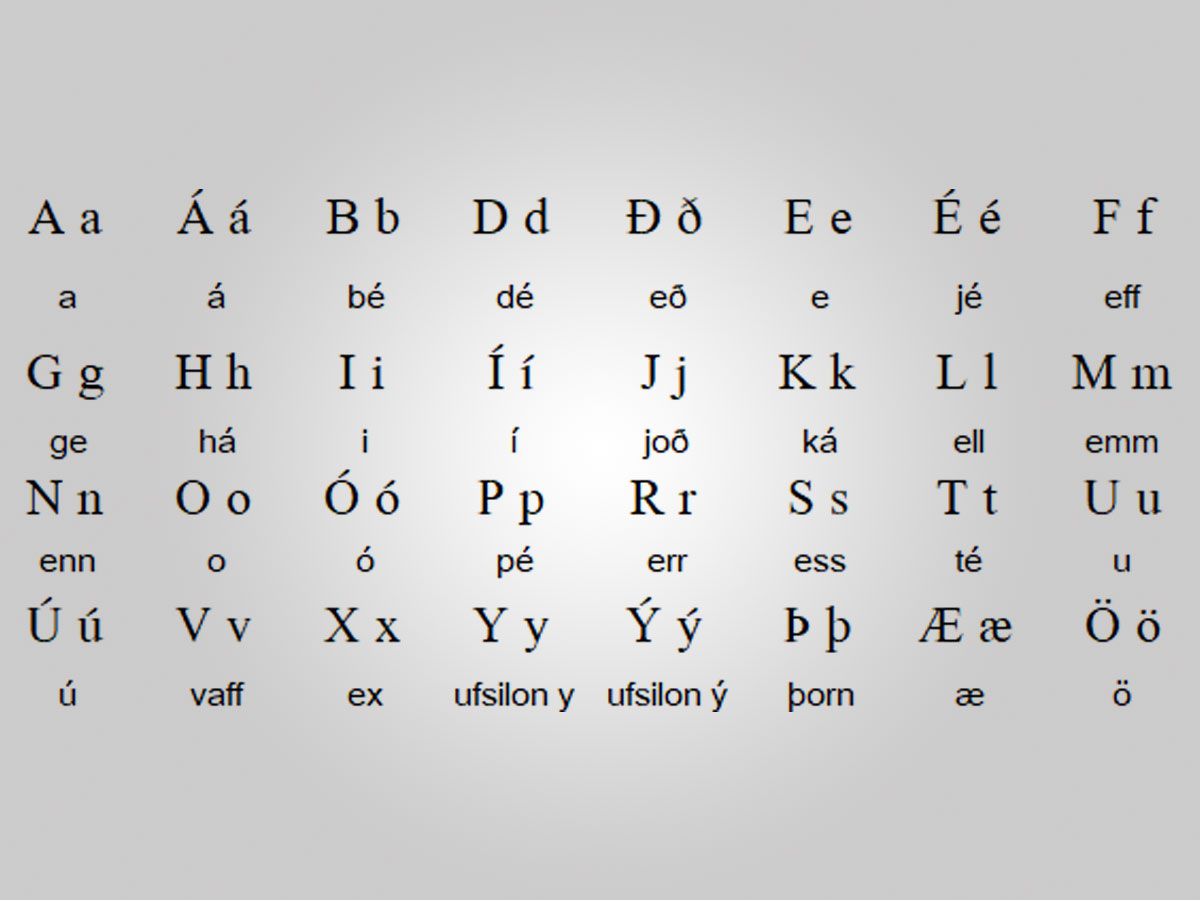
Icelandic is another Indo-European language on the list that is one of the oldest on the planet. The language is from the North Germanic branch. Unlike other languages from the branch, Icelandic has some conservative properties. It has preserved many of the features of the Indo-European languages. The Icelandic language has remained unchanged for most of the time. That’s why the scripts and stories were written thousands of years ago can still be read by those who speak Icelandic.
6. Greek:

The Greek language is also a member of the Indo-European family. The origin of the language can be ascertained back to somewhere between 1450 and 1350 BCE. Spoken by over 13 million people today, the language is native to Greece. Still, it is spoken in some other parts of the world, including Cyprus and other parts of the Eastern Mediterranean. It is an official language of the European Union. Several other languages, including Hebrew, Turkish and Arabic, have been written using the Greek alphabet. The language has a documented history of over 34 centuries, but its existence is way older than that.
5. Persian or Farsi:
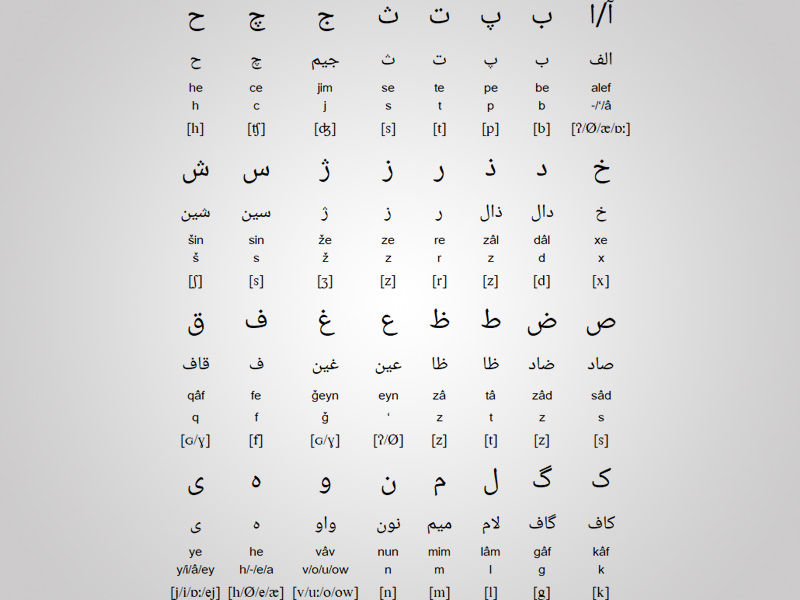
While Persia has been converted into Iran after the invasion, the language and its richness have existed in their pure form. Persia, also known as Farsi in the Indian subcontinent, is considered poets and writers’ language. The existence of Persian can be traced back to 6,000 BCE. The Modern Persian that is spoken today widely has evolved from the ancient Persian. It has influenced several languages, with Urdu being the most prominent of them. It is also known as Tajiki in Tajikistan and Uzbekistan.
4. Arabic:

With more than 270 million native speakers, Arabic is the fifth most spoken language globally. As many as 26 states have Arabic as their native language. The origins of the language can be traced back to the Arabic Peninsula. It eventually expanded to the Middle East and North Africa. Several languages in Europe are influenced by Arabic. Bengali, Urdu, and Spanish are some prominent languages influenced by Arabic.
3. Tamil:
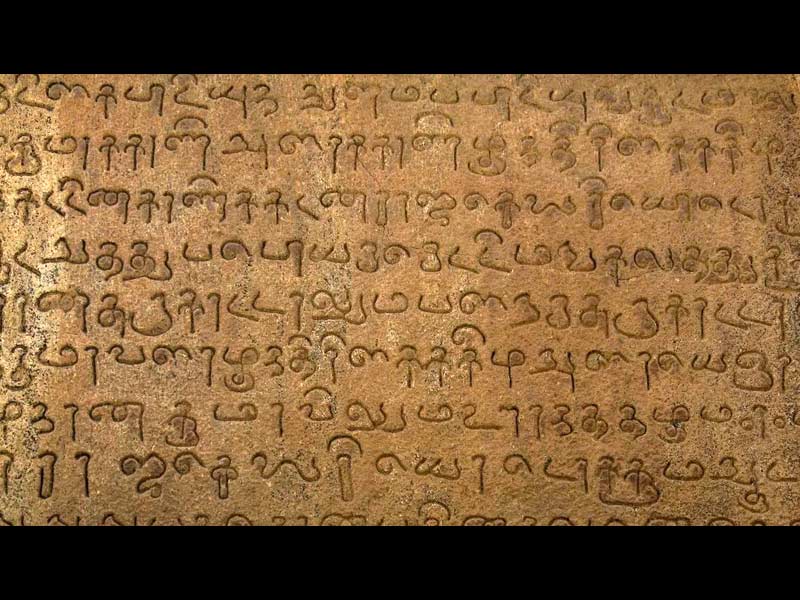
Tamil is one of the oldest languages on the planet, if not the oldest, as claimed by the language speakers. Whatever the debate is, Tamil is inarguably one of the classical languages that have stood strong against the test of time. The language is spoken in large part of India and Sri Lanka by more than 80 million people. It is believed to be more than 2,000 years old. The inscriptions of the language written by Tamil-Brahmins in 300 BCE have also been found that establish the authenticity of Tamil being a classical language.
2. Basque:
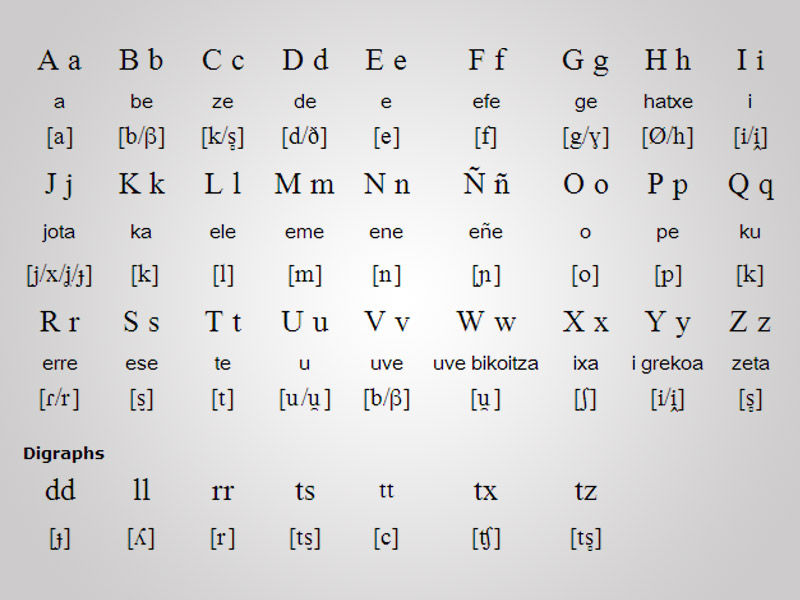
It is one of the classic languages from the pre-Indo-European family and is one of the very few languages among the family. Spoken by more than 750,000 people approximately, the language’s origin can be traced back to Basque Country. However, the year of origin is not very clear. Despite several attempts by scientists to trace the origin of the language, there has been little or no progress about ascertaining the exact year of the language’s origin. It is mostly spoken in parts of France and Spain.
1. Hebrew:
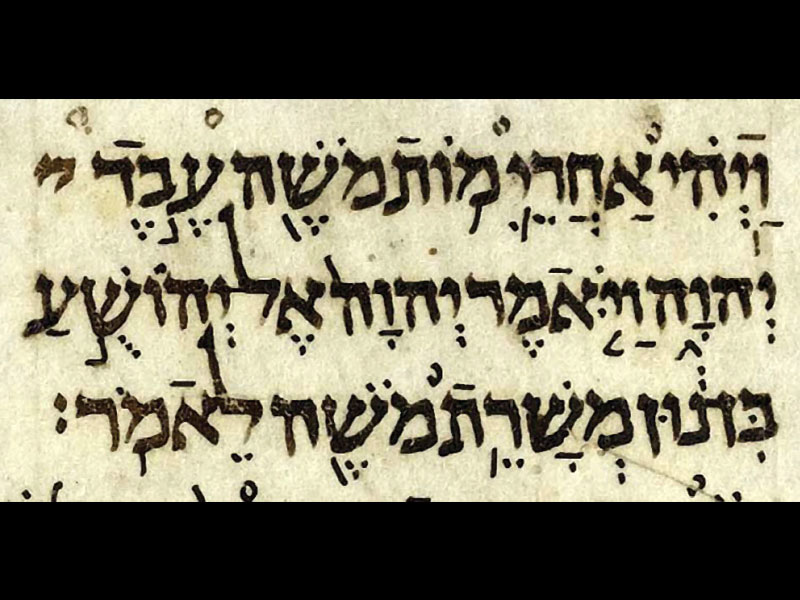
Israel might be relatively a new language compared to the ancient civilizations, but its national language is older than the country itself. Spoken by more than 9 million people worldwide, the language originated somewhere around the 10th century BCE. It is the only Canaanite language that is spoken in the present time. The earliest Hebrew writings that have been found can be traced back to 3,000 years ago.



























